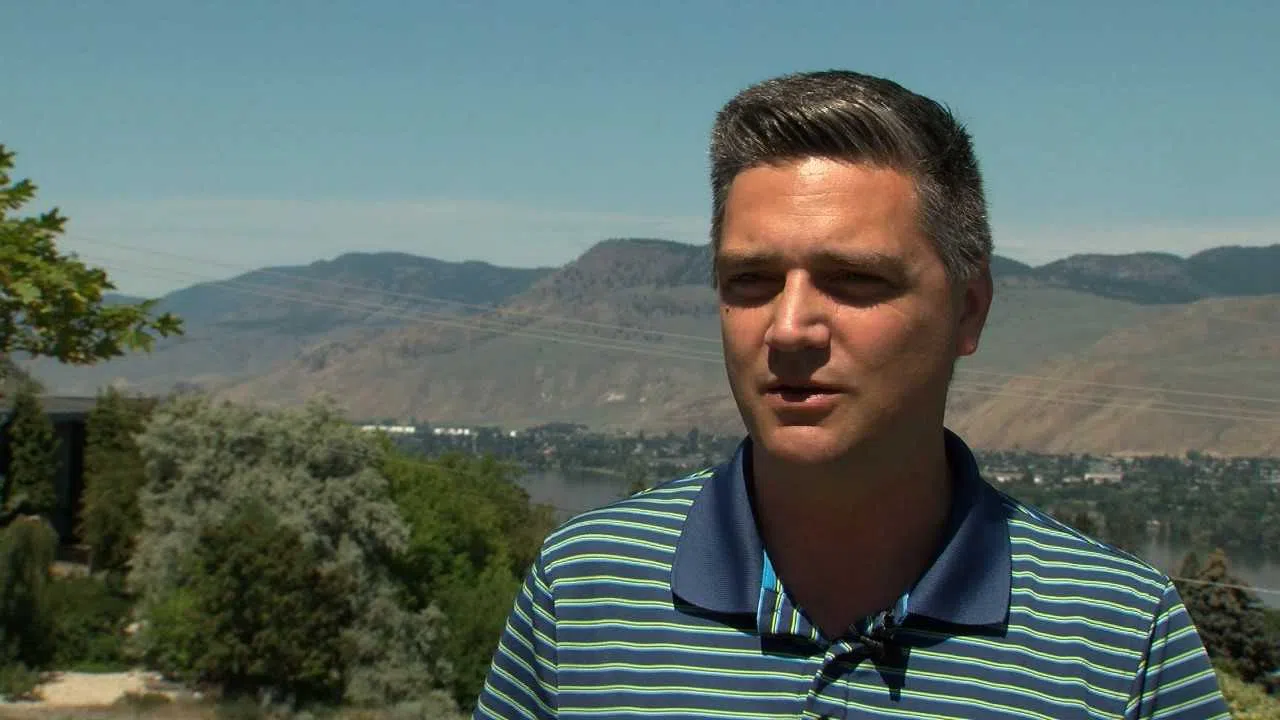
Former transportation minister disputes report tying fatality spike to higher speed limits
KAMLOOPS — A Kamloops MLA who oversaw an increase in speed limits on several B.C. highways in 2014 says crash and fatality data shown in a damning report on highway safety doesn’t jive with what he was presented.
Todd Stone was B.C.’s minister of transportation in 2014 when speed limits were changed on about 1,300 kilometres of rural highways.
The changes included boosting the ideal-conditions limit on the Coquihalla Highway between Kamloops and Hope from 110 km/h to 120 km/h.
A report published in the journal “Sustainability” says since those changes, the number of fatal crashes has doubled.


